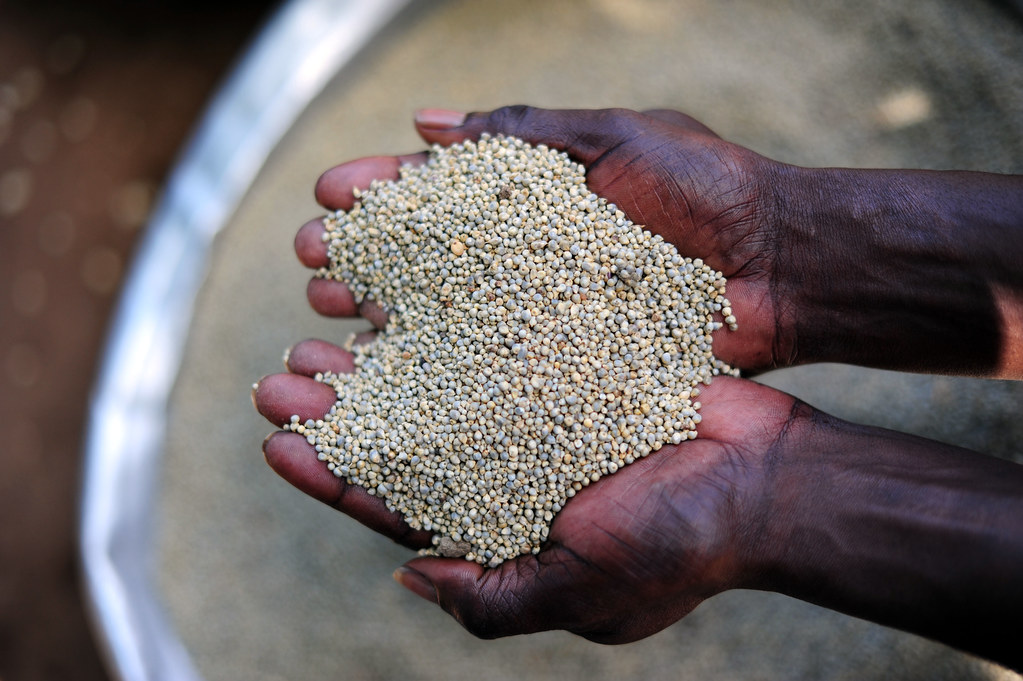Millet is rising as a food of choice on growing evidence it manages diabetes, preventing the debilitating and deadly consequences of the disease that is soaring across Africa.
In Kenya, diabetes is ranked among the top 10 causes of death and disability, with diabetes-related deaths in Nairobi estimated to have increased by 65 per cent between 2009–2019. Cases of the disease are projected to increase 250 per cent across Sub-Saharan Africa between 2021 and 2045
But the power of the disease lies in the way in which it disrupts blood sugar levels.
Millets release 30 per cent less sugar into the blood than other commonly consumed cereals, such as rice and wheat. The sugars are also released over a longer period from millet, which is crucial in preventing and managing diabetes.
“This keeps blood sugar steady, lowers cholesterol, and helps you lose weight. All of these things are helpful for people with diabetes, explained Dr Michael Dansinger of Tufts Medical Center.
In comparison to wheat, rice, and maize, millet is also a nutrient-rich superfood that has higher proteins, vitamins, fibers, minerals, and antioxidants as well as being gluten-free.
Millets are small-seeded grasses that include sorghum, pearl millet, finger millet, and foxtail millet among others. It is a drought-resistant crop that is more climate-resilient than maize (a NASA study predicts that maize yields will reduce 24 per cent by 2030 due to heightened temperatures). The crop also consumes 70 per cent less water than rice and grows in half the time of wheat.
Known for its small hardy grains, millet can be easily stored for years with little effort without being damaged by insects.
Millet is consumed as whole grain, i,e, has its outer layers, both the bran and the germ. Most food manufacturers strip away these outer layers in making refined grains such as white flour. Whole grains have more fiber and therefore take longer to be digested by the body so they do not raise your blood sugar as fast as refined grains.
This presents a simple solution to a disease that is currently getting out of hand across the continent. The cost of treating diabetes is expected to rise from Sh1.67 trillion to Sh4.5 trillion.in Sub-Saharan Africa between 2021 and 2045
Worryingly, the disease affects the urban poor the most with 4.1–5.3 per cent of low-income Nairobi residents being affected by the disease.
On average, a Kenyan diabetic patient spends Sh77,081 in direct and indirect costs to treat the chronic disease. In a country where the average man has an annual income of Sh241,476 such costs are catastrophic and unaffordable to the majority of patients.
But millet is now opening up a low-cost and highly effective solution.
Doctors advise that It is important to soak millet for several hours or overnight, as this makes it digestible
They also urge diabetes sufferers and other consumers to keep their millet consumption below one-third of their daily need for cereals of about 100 grams, as too much of the superfood can cause health issues from imbalanced nutrition.
Read more:
Busia start-up raises local millet farmer income through value addition
Tied ridge water harvesting increase sorghum & millet yield 33% in arid regions
JKUAT researchers encourage farmers to grow hybrid Chinese millet
